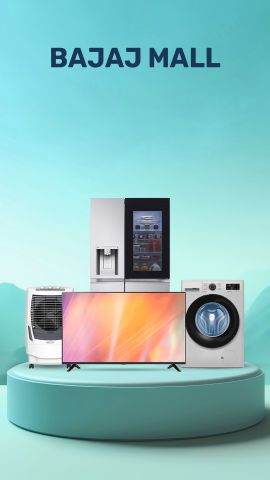Choosing between a full-frame and crop-sensor camera is one of the most common decisions faced by photography lovers. Some people want sharp landscapes, others want better zoom for wildlife, and many simply want a reliable DSLR for family memories or professional work. Studies show that photography is one of the fastest-growing hobbies in India, and with so many choices, understanding which camera is right for you can make a big difference to your experience.
With Bajaj Finserv, you can explore a wide range of cameras and other appliances without exhausting your savings. Simply visit any of Bajaj Finserv’s 1.5 lakh partner stores across 4,000 cities in India. Choose your preferred camera model and use an Easy EMI Loan of up to Rs. 5 lakh to fund your purchase. Convert the price into Easy EMIs that fit comfortably into your monthly budget. You can even enjoy zero down payment on select models, meaning you can bring home your product without paying anything upfront. To make things easier, you can check your loan eligibility online in just a few minutes—so you step into the store knowing exactly what you can buy.













